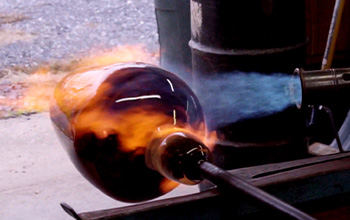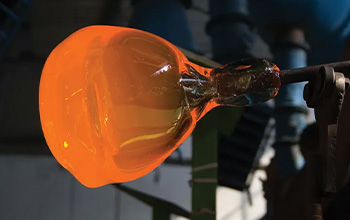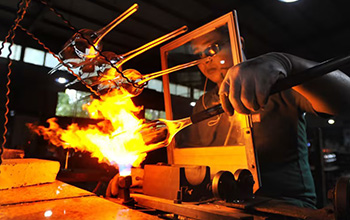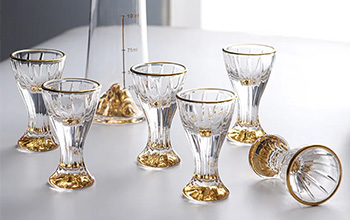Thermal Conductivity
Soda-lime glass has higher thermal conductivity compared to high borosilicate glass, which means it heats up and cools down more quickly.




This glass is formed by melting the raw materials at high temperatures and then molding into desired shapes, often through blowing or pressing techniques.

Soda-lime glass has been produced for centuries, evolving with technology to improve quality and durability. Usage: Ideal for everyday use in homes and restaurants, including drinking glasses, jars, and basic kitchenware.
Soda-lime glass has higher thermal conductivity compared to high borosilicate glass, which means it heats up and cools down more quickly.
While it is less resistant to breakage than high borosilicate glass, it still offers a reasonable level of durability for daily use.
It is harder than most metals, making it scratch-resistant and maintaining clarity over time.
Soda-lime glass clear visibility, although it may become clouded with repeated exposure to harsh detergents or abrasive cleaning


It's made by adding boric oxide to the traditional glassmaking batch, requiring precise temperature control during melting to maintain its properties.

Developed in the late 19th century, borosilicate glass gained popularity for its ability to withstand high cooking temperatures without cracking. Usage: Best for scientific laboratories, cooking ware that requires rapid heating and cooling, and premium household items.
With a low coefficient of thermal expansion, high borosilicate can withstand extreme temperature changes without cracking, making it safe for use from to stovetop or oven.
This of glass less reactive, which means it doesn't react with the majority of chemicals and, maintaining the purity of whatever is stored within.
It is tougher than ordinary glass, giving it a higher resistance to breakage and a longer lifespan.
High borosilicate glass maintains excellent transparency over time, resisting clouding even after repeated use and cleaning.


Crystal glass contains lead oxide, which increases clarity, weight, and refractive index, resulting in the sparkle that mimics fine gemstones.

This glass requires careful handling and often hand-crafting techniques to bring out its aesthetic qualities.
Highly decorative with brilliant clarity and a luxurious feel, often used in dining settings and as collectibles.
Soda-lime glass is not as resistant to sudden temperature changes and can crack or shatter if exposed to extreme temperatures.